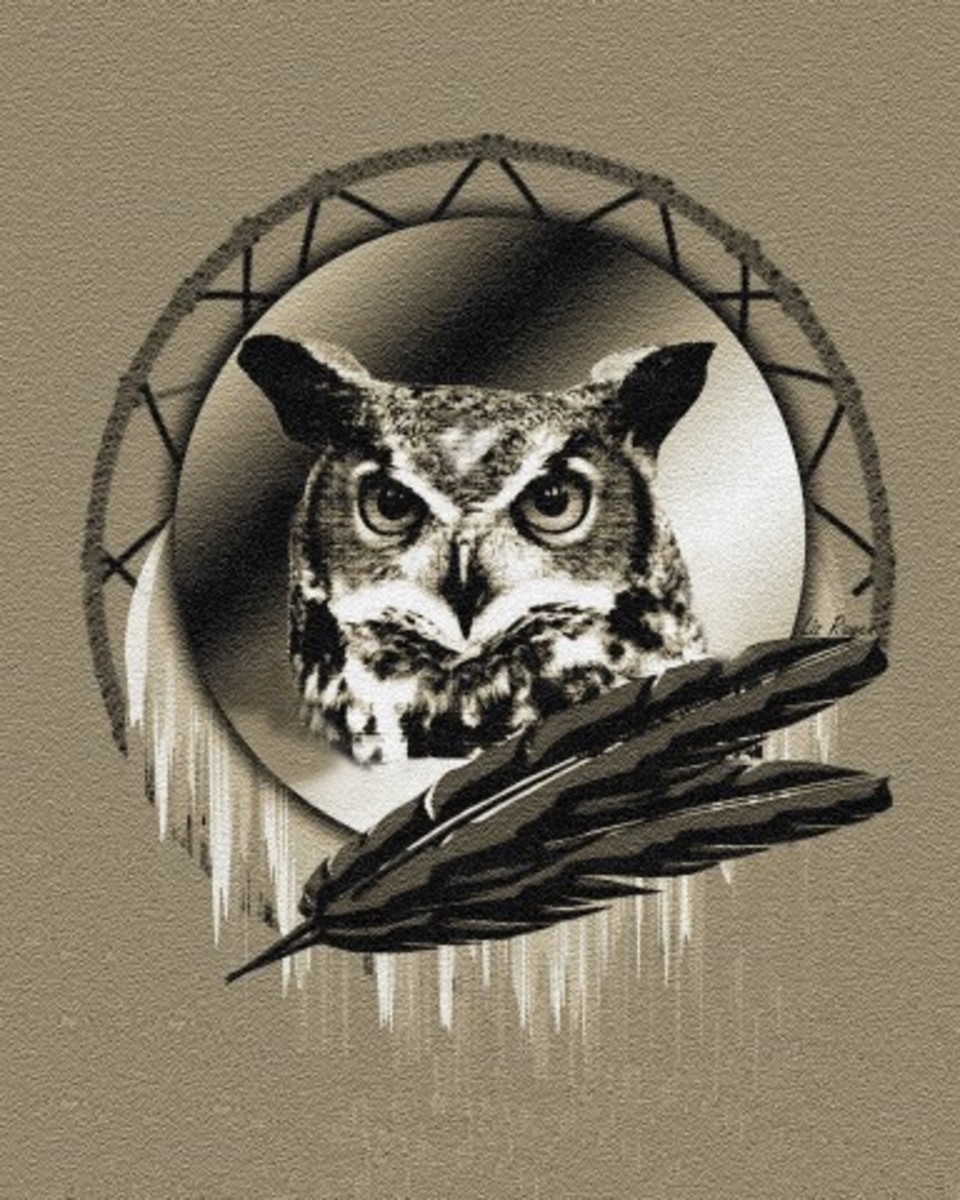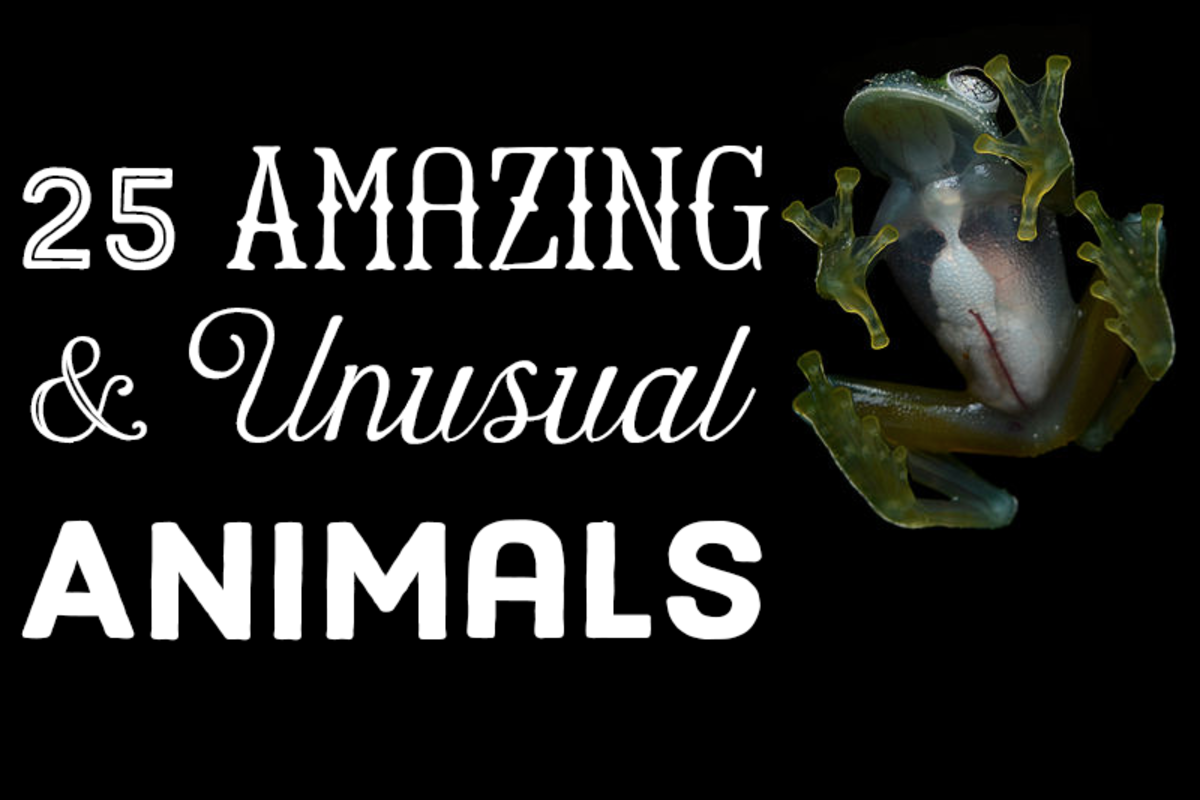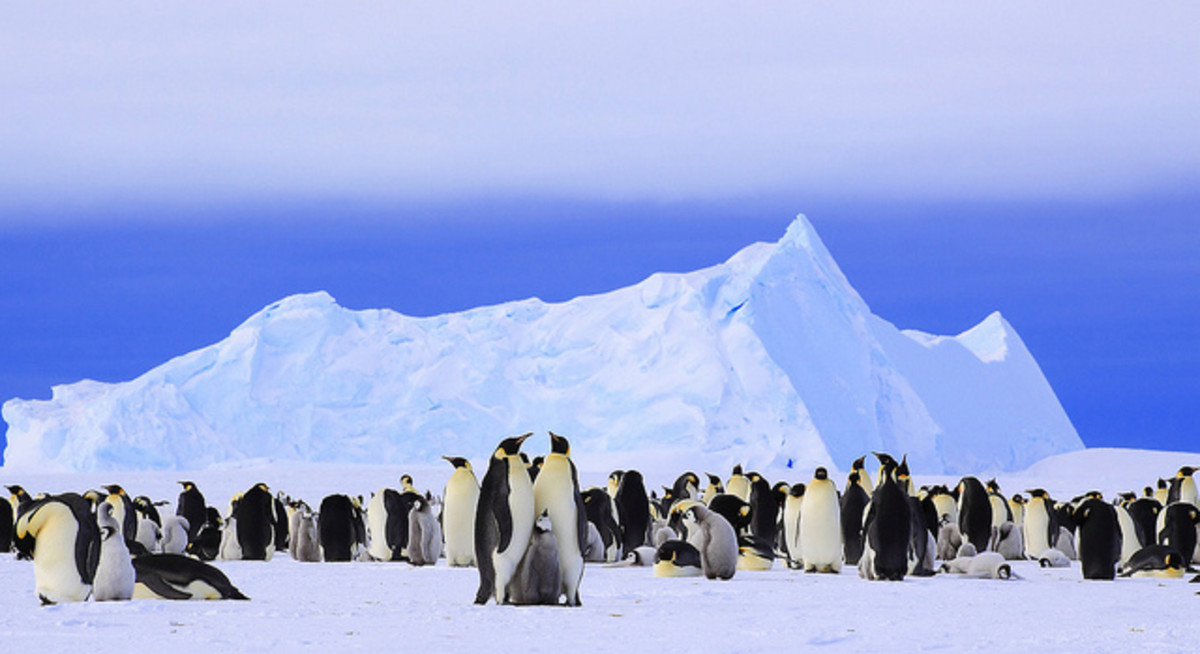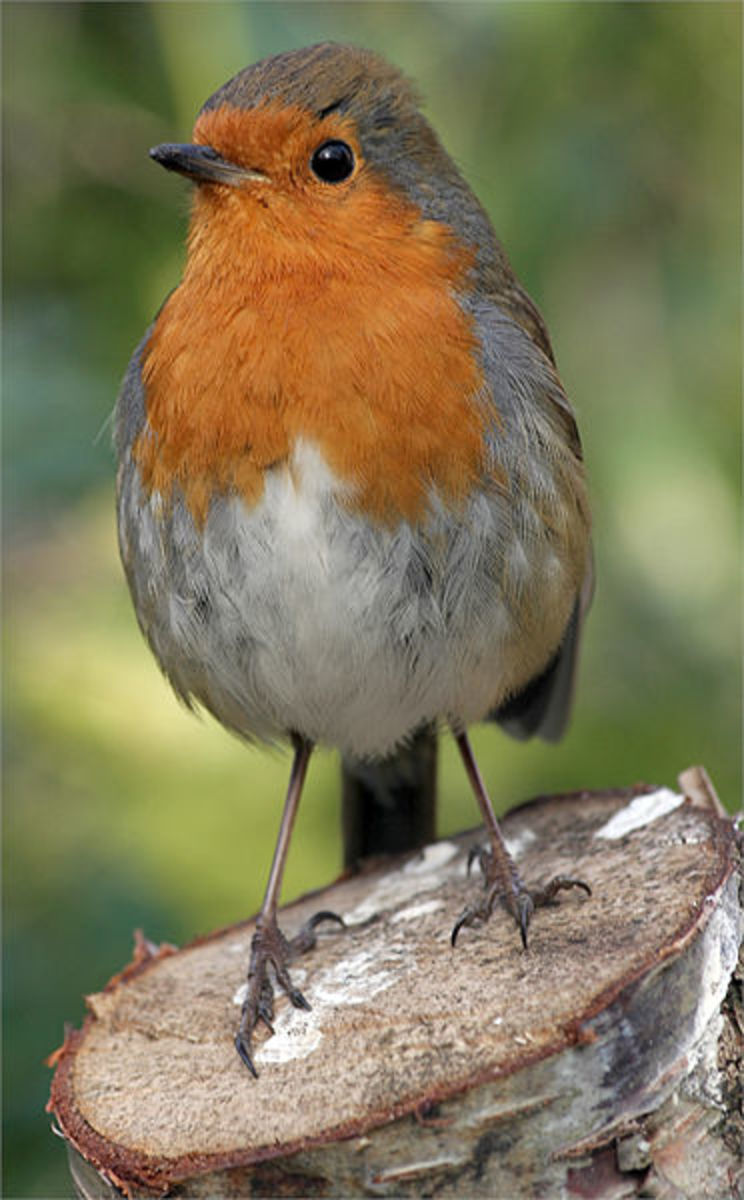Snowy Owl
Scientific Name: Bubo scandiacus
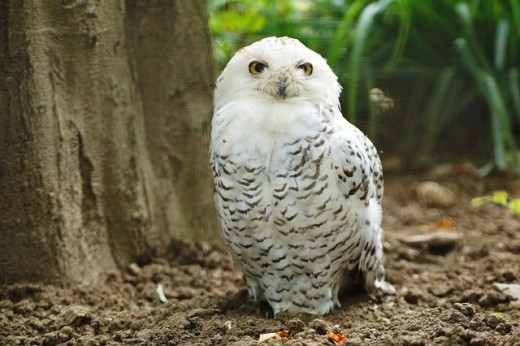
Description
If you have had the pleasure of seeing a Snowy Owl in the wild, then you should consider yourself lucky. Very few people will ever get to see them in their natural setting. They are the only species of owl that is white all over the body. They also have speckling that can cover much of the body. The level of it can be different for each of them.
This speckling is either black or gray in color. The shade of it will vary but research shows that the darker colors are often on the females. The females are also larger than the males. They have an average size of 24 inches with the males being about 21 inches tall. Both have a large wingspan – from 50 to 60 inches.
More Snowy Owl Facts
- Owl Facts and Information
Anatomy, Feeding, Habitat, Evolution, Predators and Reproduction and all the information about owls. Facts about Great Horned Owls, Barn Owls, Snowy Owls,
Anatomy
The body of these owls is designed differently than others for one specific purpose. They live in very cold weather and so they need to have more layers of fat. They also need more layers of feathers to keep their body temperature where it needs to be. This is also the reason why they feature fur on their talons.
Their small ears often seem out of place on such a large, round head. Don’t let the size of them fool you though. Snowy Owls have very good hearing and they also have great eyesight. The make up of their eyes is different though because they need to be able to see well both during the day and at night. This is because there are times of the year in Alaska where it is light around the clock.
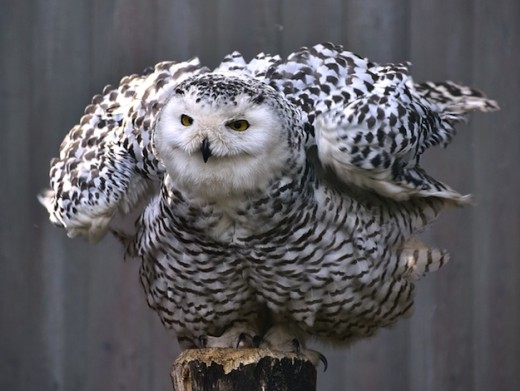
Interesting Links
- Amazing Animal Facts
Amazing Animal Facts - The Portal of Animal Diversity. Visual index of animals. Dolphins, Whales, Penguins, Sharks, Tigers, Elephants, Flamingos, Otters, Killer Whales, Seals, Sea Lions, Sea Turtles, Polar Bears, Walruses, Squids, Manatees, Snails, G - Flamingo Facts
Flamingo Facts and Information. Feeding, habitat, distribution, reproduction, anatomy and more. Facts about Species like the Greater Flamingo, Lesser Flamingo, American Flamingo and others. - Penguin Facts, Emperor Penguins, Adelie Penguins, King Penguins
Penguin Facts and Information. Feeding, habitat, distribution, reproduction, anatomy and more. Facts about Species like the Emperor Penguin, King Penguin, Humboldt Penguin and many others.
Evolution
The questions are plentiful when it comes to evolution and the Snowy Owl. We don’t really know what occurred in order to get this species of owl to the colder region. We do know that they have differences that allow them to live there, and that has to be connected in some way to the evolution process.
The problem though is that we don’t have solid evidence that we can count on to establish credibility with such thoughts. Even the color of it – the white with the speckles – would stand out in any other environment. So it is realistic to believe that the change in their color is part of the evolution process.
All of these ideas come from the studies of fossil remains of other species of owls. Some of them date back millions of years which is fascinating. The clues that are here though are only pieces of the overall puzzle. In time we hope to gain enough information to have a clear vision of what took place for the Snowy Owl.
Snowy Owl Video
Behavior
This is one of the quietist of all owl species. They tend to be very alone and spread out in there environment. Therefore it isn’t often that they will even have to give out sounds of warning to other owls. When you do hear them calling to each other it is due to the fact that they are trying to attract a mate.
When you listen to the calls, you will notice that there are different levels of it going on. The high pitches come from the females with the deeper ones being from the males. They can spend a very long time engaged in such conversations before they meet up for mating to take place.
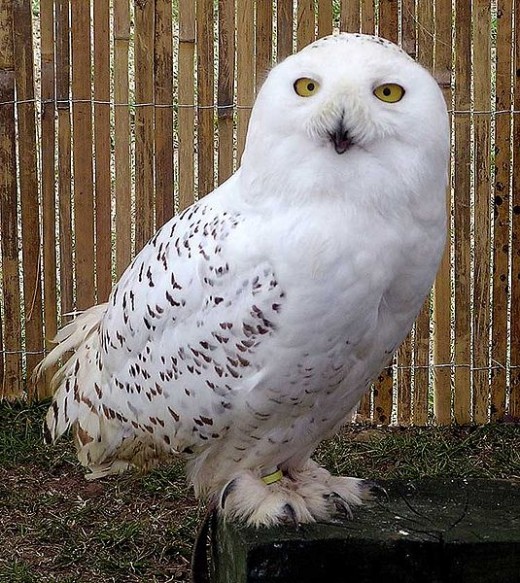
Habitat/Distribution
Chances are you already know that Alaska is the only home for the Snowy Owl. They are amazing animals due to the fact that they can survive on this frozen tundra. They don’t migrate in the winter months in order to escape the cold. They are among the few species of owls that migrate though. For them, it is a process that takes place in order for them to find enough food for survival. If they don’t leave they will find that the food supplies are too little for them to make it.
They don’t migrate though to very warm areas like other birds. Instead they will go to areas where they can find enough food and the temperatures are still colder than other birds will live in. They are able to live in both the open areas of Alaska and the woodlands. As long as they have food and a place to stay safe they will remain in the same location. Once those needs aren’t met they will move to find them.
Interesting Links
- Hummingbird Facts and Information
Information about Hummingbirds, Anatomy, Habitat Reproduction, Feeding and Predators. Facts about Anna's Hummingbird, Rufous Hummingbird, Stripe-Throated - Otter Facts and Information
Otter Facts and Information. Feeding, habitat, distribution, reproduction, anatomy and more. Facts about Species like the Giant Otter, Sea Otter, River Otter and many others.
Diet/Feeding Habits
Finding enough food is one of the challenges for the Snowy Owl. They do live in areas where there are small mammals, insects, and other birds that they can consume. They don’t pass up the chance to feed though because it can be a long stretch between kills. They are known to place extra food away for later on too when they can find enough of it.
They instinctively know that they may not have the option of feeding from a live kill later on. They are one of the few types of owls that will even feed on eggs from waterfowl. They will do so in order to survive when they can’t get their hands on other sources of food.
The hearing and the vision of these owls do allow them to be very successful in their hunting efforts though. They can see for a very long distance and they can pick up the tiniest of sounds around them. They have the power, speed, and the ability to silently reach their prey in order to get the food that they need without being detected. By the time the prey knows what is going on it is too late to escape.
Reproduction
The females will lay from 5 to 8 eggs on the frozen tundra. There is no nest for them to be in so the female has to use her body to offer warmth and protection. She will be very aggressive towards any types of predators that may come near. The male will also do his best to protect her and the young. He does have to leave to go hunt for his own food. He will also bring back food for the female so she doesn’t have to leave her eggs at any time.
This process will continue for about 30 days when the eggs start to hatch. It can take several days for the entire process to be complete. The parents will offer food and shelter to the young for about five weeks. Then they are old enough to go out there on their own. There is a very high mortality rate though as that first winter can be very harsh. The young also may fall victim to a variety of predators.
Snowy Owl Rescue & Release
- Facts about Pollution | Effects of Pollution
Pollution Facts and Information. Effects of Pollution in the Environment
Predators
The common predators for the Snowy Owl include wolves, fox, and wild dogs. They are more likely to go after the young than the adults who are powerful enough to fight back. This owl is also hunted by humans due to the fact that they can make lots of money from selling items created with their feathers. Others want to hunt them for the thrill of being able to add such a unique looking bird to their collection. Sadly, it is hard to get them to see otherwise.

